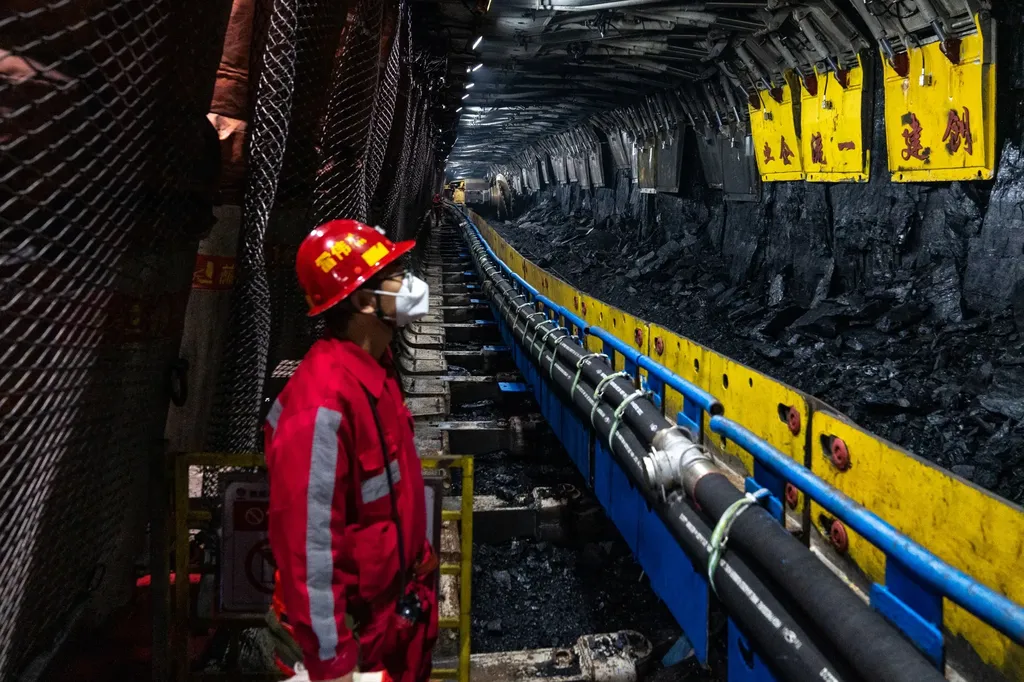In the heart of China’s coal mining industry, a groundbreaking development is set to revolutionize the way underground inspections are conducted. Researchers from the State Key Laboratory of Mining Response and Disaster Prevention and Control in Deep Coal Mine at Anhui University of Science and Technology have unveiled an enhanced path planning algorithm for mining inspection robots. This innovation promises to significantly improve the efficiency and safety of coal mine operations, a sector crucial to China’s energy landscape.
The traditional A* algorithm, widely used for path planning, has long been a staple in robotics. However, its limitations in unstructured environments and narrow passages typical of coal mines have hindered its effectiveness. Enter Dr. ZHANG Hui and his team, who have tackled these challenges head-on. “The traditional A* algorithm often results in long search times and redundant nodes, making it less than ideal for the complex underground environments of coal mines,” Dr. ZHANG explained. Their solution? An improved A* algorithm that promises to streamline the path planning process for mining inspection robots.
The team’s approach is multifaceted. They introduced an exponential function of predicted consumption and the sum of obstacle coverage into the heuristic function of the traditional A* algorithm. This tweak enhances search efficiency and shortens search times. Additionally, they expanded the traditional 8-neighborhood search to a 9-neighborhood search, reducing unnecessary searches and the number of search nodes. To further optimize the path, they employed the Floyd algorithm to eliminate redundant nodes and used an improved 3rd-order Bessel curve for path smoothing.
The results are impressive. For specific 20×20, 30×30, and 40×40 raster maps, the improved A* algorithm shortened search times by 44.1%, 63.8%, and 84.8%, respectively. It also reduced the number of search nodes by 31.6%, 47.9%, and 71%. These improvements are not just academic; they have real-world implications for the energy sector.
Efficient path planning means faster, more reliable inspections, which can lead to earlier detection of potential hazards and improved safety for miners. It also means reduced downtime and increased productivity, crucial factors in an industry where every minute counts. As the demand for coal continues to fluctuate with global energy trends, such technological advancements could provide a competitive edge for mining operations.
The potential applications of this research extend beyond coal mines. Any industry that relies on robotics for inspections in complex environments could benefit from these improvements. From nuclear power plants to offshore drilling sites, the improved A* algorithm could pave the way for more efficient and safer operations.
The study, published in Taiyuan University of Technology Journal, marks a significant step forward in the field of robotics and path planning. As Dr. ZHANG and his team continue their research, the future of mining inspection robots looks brighter and more efficient than ever. The energy sector, and indeed the world, watches with anticipation as these developments unfold, eager to see how they will shape the future of industrial inspections.

